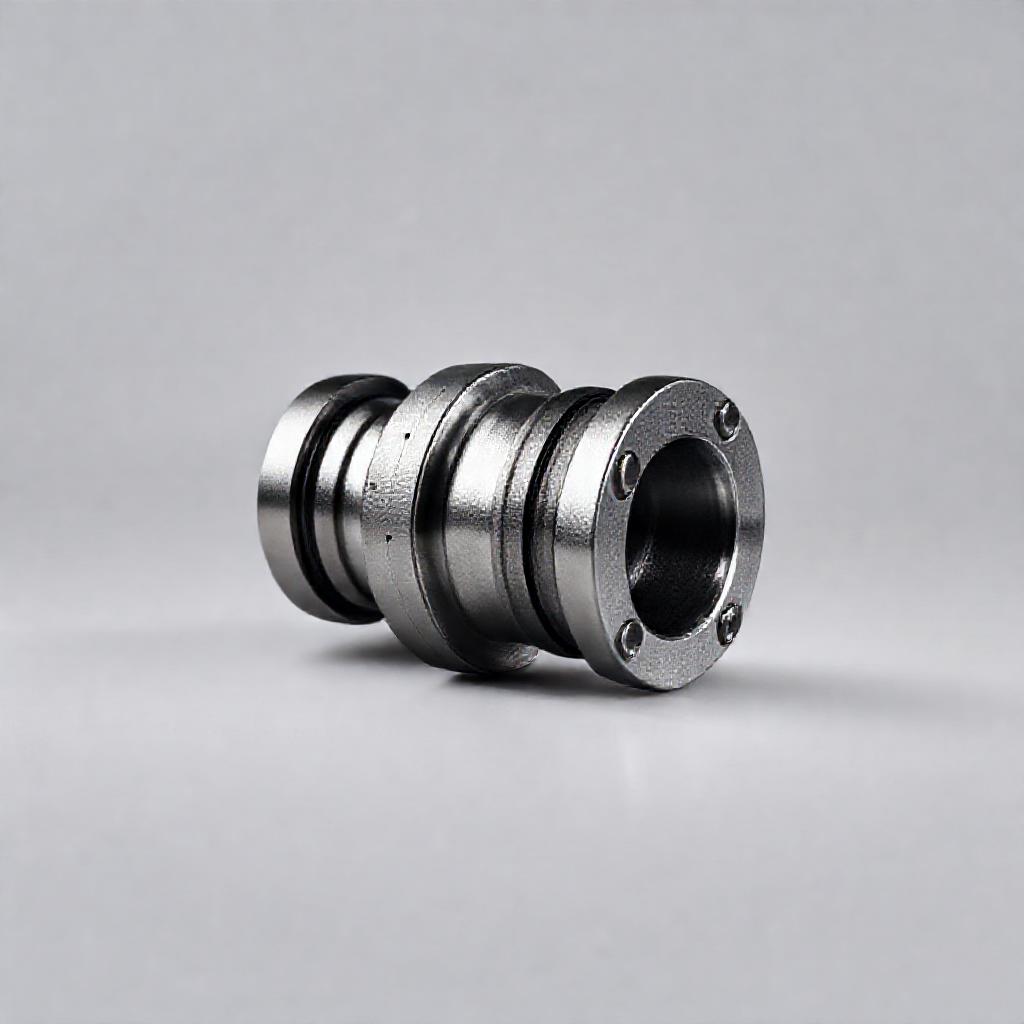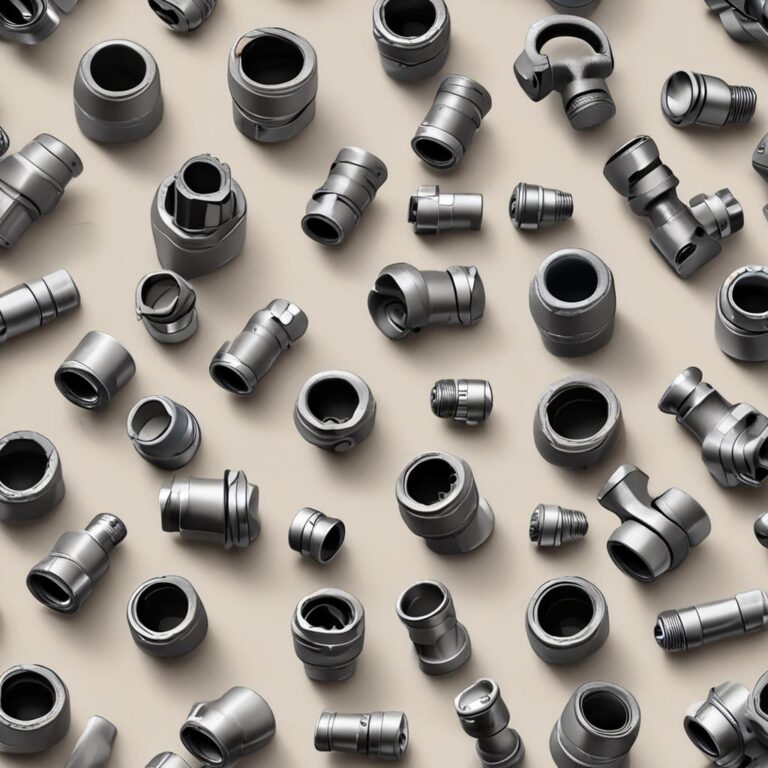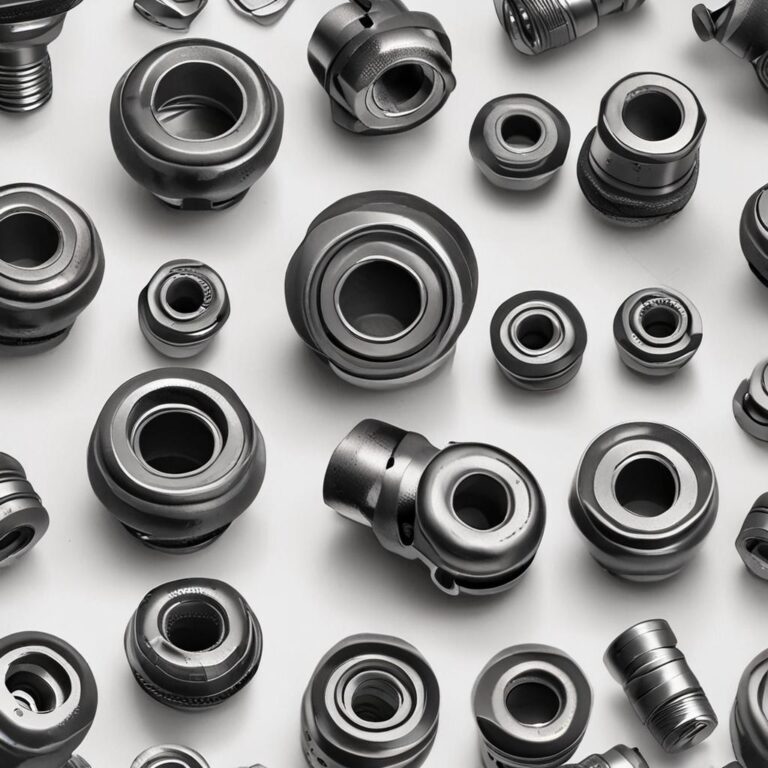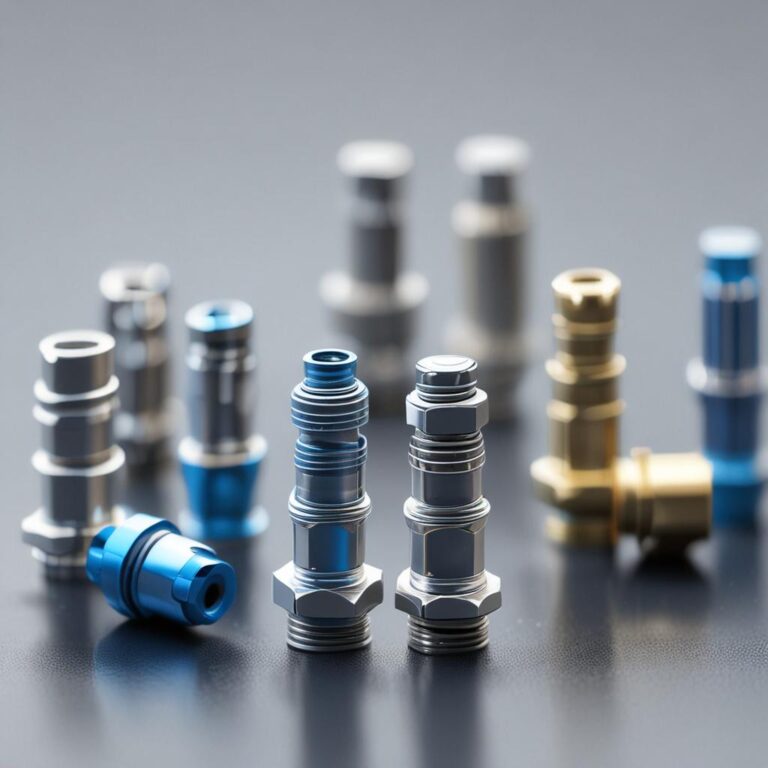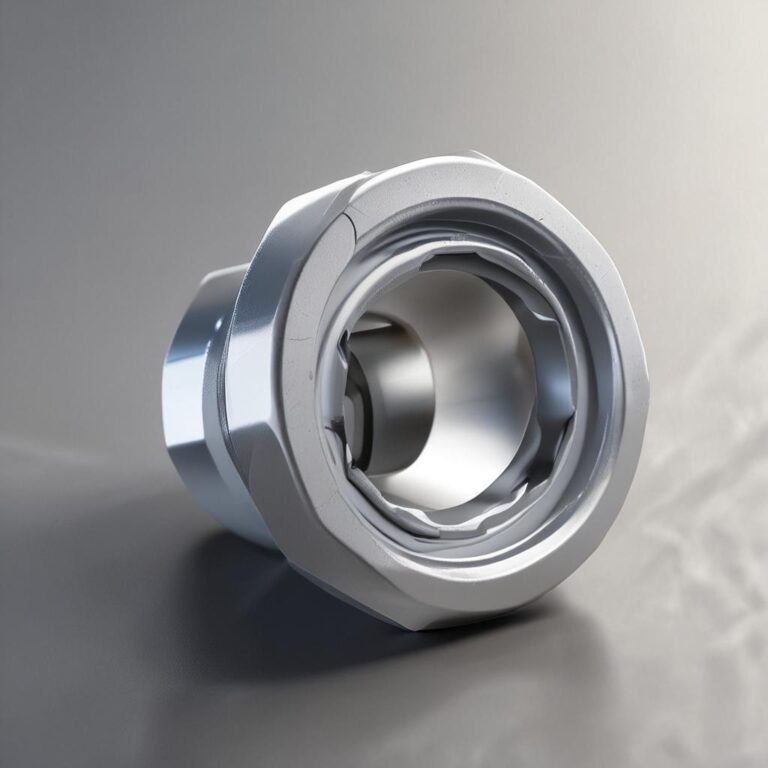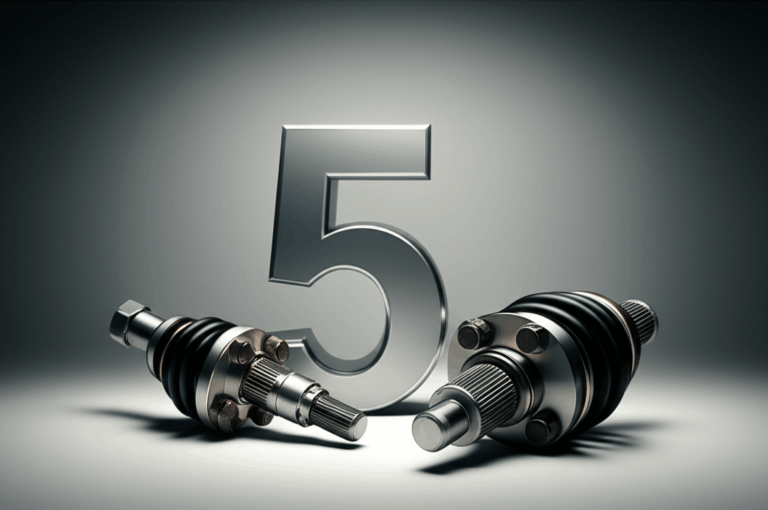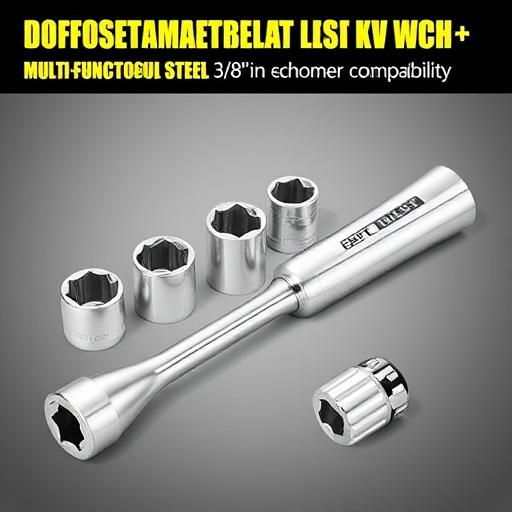Heavy Duty Universal Joint for Industrial Use
In the world of industrial machinery, the smooth transfer of power between non-aligned shafts is essential for optimal performance. Universal joints, or U-joints, play a pivotal role in facilitating this transfer, ensuring that complex systems operate seamlessly. Heavy-duty universal joints, in particular, are designed to withstand the rigorous demands of industrial applications, offering unmatched durability and reliability. This guide delves into the intricacies of heavy-duty U-joints, their applications, selection criteria, and maintenance practices, providing you with the knowledge to make informed decisions for your industrial needs.
Step-by-Step Process
Assess Requirements
Determine torque, speed, and misalignment needs for the application.
Select Joint Type
Choose between single or double universal joints based on load and angle.
Verify Material
Ensure components are made of high-grade steel or alloy for durability.
Check Dimensions
Confirm shaft diameters and bearing capacities match system specifications.
Install Properly
Align shafts, grease bearings, and secure with locking mechanisms.
Process infographic for Heavy Duty Universal Joint for Industrial Use
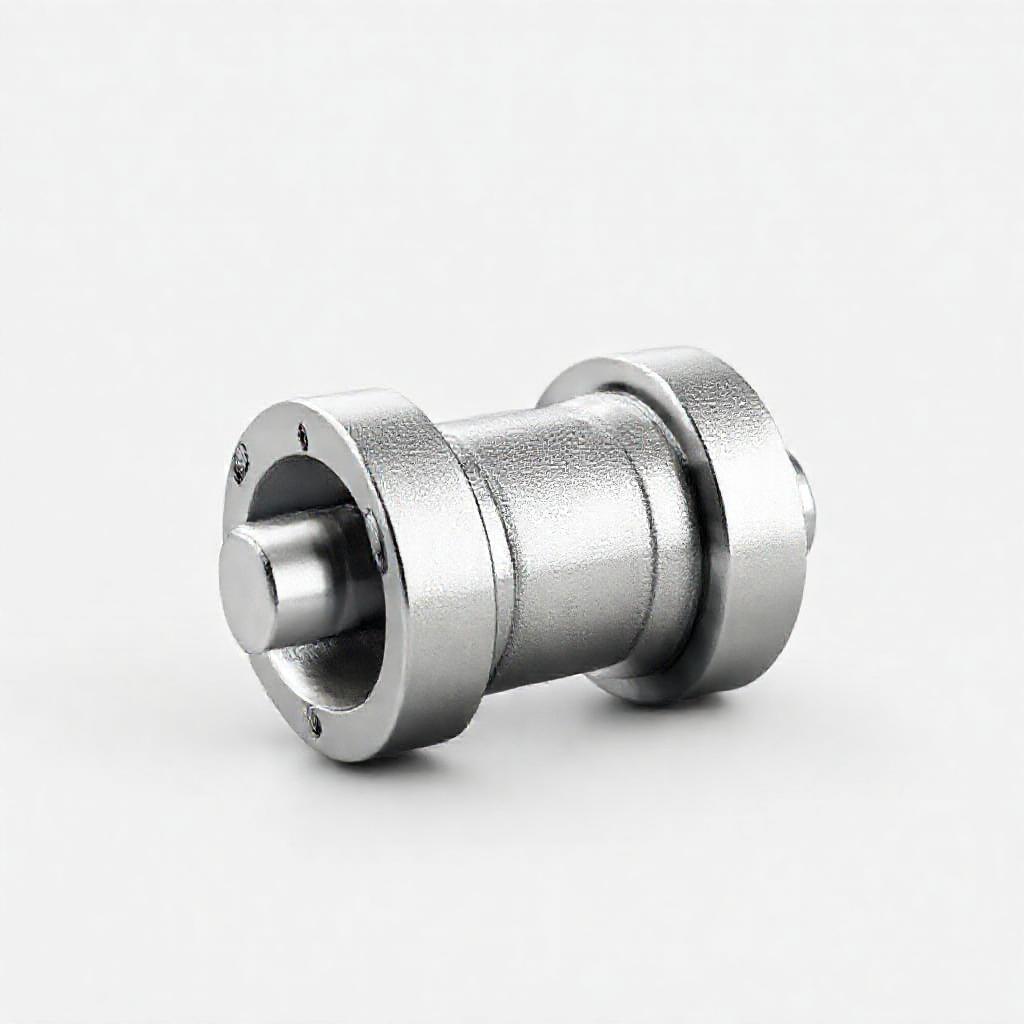
What Is a Heavy Duty Universal Joint?
Definition and Basic Function
A heavy-duty universal joint is a mechanical component that connects two shafts, allowing for the transmission of rotational motion even when the shafts are not perfectly aligned. It consists of a cross-shaped center piece (the cross), bearings, yokes, and seals. The cross enables flexibility, while the bearings reduce friction, ensuring smooth operation even under heavy loads.
Key Features of Heavy Duty U-Joints
Heavy-duty U-joints are engineered to handle high torque and load-bearing requirements, making them ideal for industrial settings. They are typically made from robust materials like alloy steel, often chrome-plated for added durability. These U-joints are available in sealed and unsealed designs, with sealed versions offering better protection against contaminants and longer maintenance intervals.
Industrial Applications
Heavy-duty U-joints are indispensable in industries such as mining, agriculture, and manufacturing. They are commonly found in machinery like conveyors, crushers, and tractors, where they ensure reliable power transmission under challenging conditions. Their ability to endure extreme forces and misalignment makes them a critical component in heavy machinery.
How to Choose the Right Heavy Duty Universal Joint
Key Selection Factors
When selecting a heavy-duty U-joint, consider factors like torque and speed requirements, misalignment tolerance, and environmental conditions. The type of bearing (needle, roller, or plain) also plays a crucial role in determining the joint’s performance and lifespan.
Common Types of Heavy Duty U-Joints
Heavy-duty U-joints come in various types, including single and double universal joints, Cardan joints, and constant velocity (CV) joints. While single U-joints are simpler, double U-joints offer greater flexibility in handling misalignment. Custom designs are also available for specialized applications.
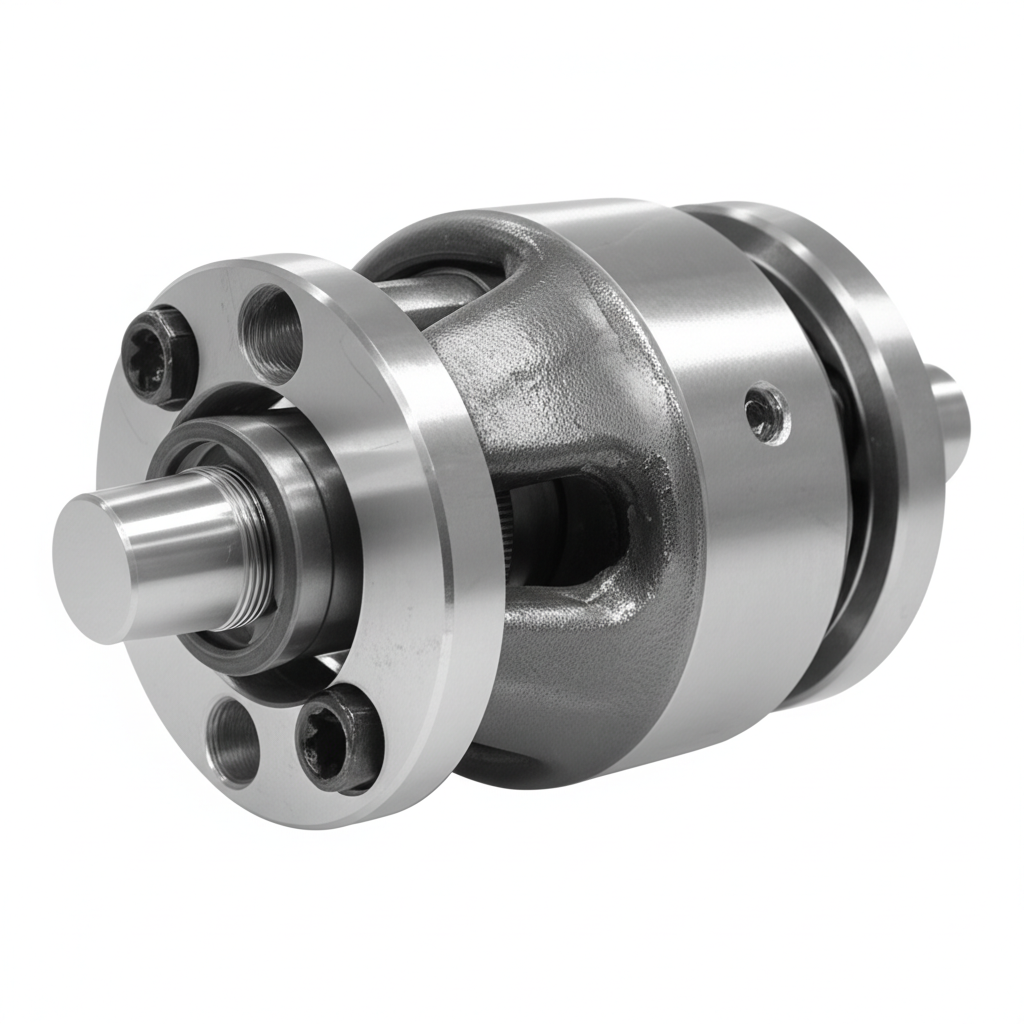
Leading Manufacturers and Brands
Top manufacturers like Spicer, SKF, and GKN are renowned for their high-quality heavy-duty U-joints. When choosing a supplier, consider factors such as product range, customer support, and the availability of technical specifications to ensure compatibility with your machinery.
Maintenance and Longevity Tips for Heavy Duty U-Joints
Proper Installation Best Practices
Correct installation is crucial for maximizing the lifespan of a heavy-duty U-joint. Ensure proper alignment and balancing, follow torque specifications, and use the recommended lubrication to prevent premature wear.
Common Failure Modes and Troubleshooting
Common issues include vibration, unusual noise, and overheating, often caused by misalignment or lubrication failure. Regular inspections can help identify and address these problems before they escalate.
Extending Lifespan Through Preventive Care
Regular maintenance, including scheduled lubrication and component inspections, is key to extending the lifespan of heavy-duty U-joints. Upgrading to sealed or maintenance-free designs can also reduce downtime and maintenance costs.
Comparative Analysis: Heavy Duty U-Joints vs. Standard U-Joints
Heavy-duty U-joints outperform standard joints in high-stress environments, offering greater durability and load capacity. While they may have a higher upfront cost, their long-term value and reduced maintenance needs often justify the investment. Standard U-joints are better suited for lighter applications with less demanding conditions.
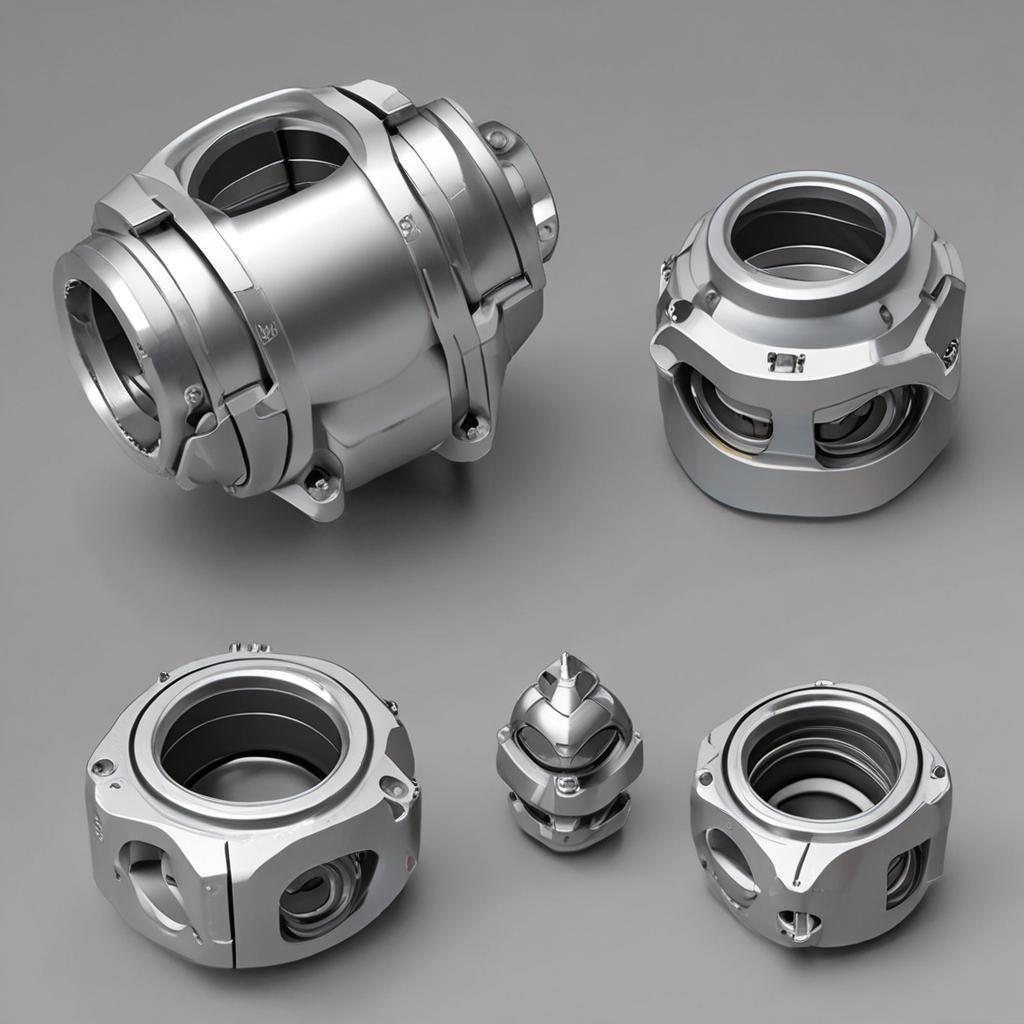
Conclusion
Heavy-duty universal joints are a cornerstone of industrial machinery, ensuring reliable power transmission in even the most challenging environments. By understanding their features, applications, and maintenance requirements, you can make informed decisions that enhance the efficiency and longevity of your equipment. For tailored advice or to explore product options, consult a specialist today.
FAQ: Heavy Duty Universal Joints for Industrial Use
What is the maximum torque capacity for heavy-duty U-joints?
The torque capacity varies by model, but industrial-grade U-joints can handle several thousand foot-pounds of torque.
How often should heavy-duty U-joints be lubricated?
Lubrication frequency depends on usage, but greasing is typically required every 6-12 months or as specified by the manufacturer.
Can heavy-duty U-joints be repaired, or should they be replaced?
Minor wear can be repaired, but severe damage, such as a broken cross or bearings, usually necessitates replacement.
Are there universal joints designed for extreme temperatures?
Yes, some heavy-duty U-joints use specialized materials and seals to withstand high heat or cold.
What is the difference between a single and double U-joint in industrial applications?
Single U-joints handle one angular misalignment, while double U-joints accommodate multiple angles for smoother power transmission.

